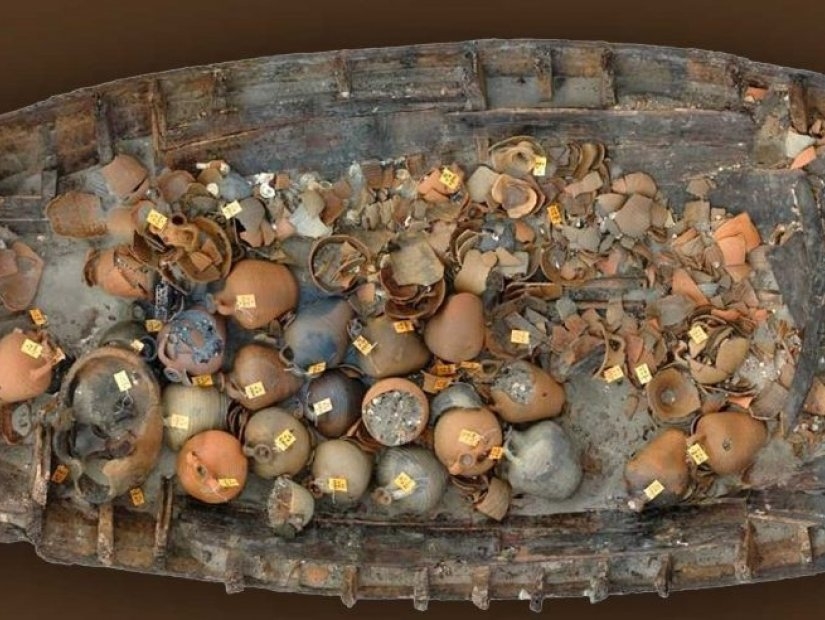Blog
Yenikapı Shipwrecks and Theodosius Harbor
Yenikapı Shipwrecks and Theodosius Harbor
Yenikapı Shipwrecks and Theodosius Harbor
Between 2004 and 2013, one of the world's largest archaeological excavations took place at the Yenikap site, located in the same-named neighborhood in Istanbul. Hundreds of laborers and archaeologists from the Istanbul Archaeological Museums exposed remains of over 8,000 years of the city's history, ranging from Neolithic dwelling foundations and burials to Ottoman cisterns and workshops during the construction of a new underground rail line linking Europe and Asia. The majority of the artifacts were discovered in Constantinople's Theodosian Harbour, an artificial commercial harbor created during Byzantine Emperor Theodosius I. (AD 379-395). From the 4th to the 11th century AD, the harbor was heavily utilized. But after that, the consequences of progressive siltation had made it only accessible to tiny vessels. The harbor had been fully filled in by the 16th century, and its ruins had been forgotten for years.
Harbor of Theodosius
The Harbour of Eleutherios, also known as the Harbour of Theodosius, was one of the ports of ancient Constantinople, the capital of the Byzantine Emperor, and was located underneath Istanbul's contemporary Yenikap neighborhood. It was constructed near the confluence of the Lycus and Propontis rivers, which ran through the city (Marmara Sea).
A remarkable range of Byzantine discoveries was preserved at Yenikapi thanks to the waterlogged anaerobic sediments that filled the harbor, including organic items made of wood, rope, and leather, as well as ceramics, bones, glass, coins, and other metals. Archaeologists discovered 37 highly well-preserved shipwrecks dating from the 5th to late 10th or early 11th century AD, in addition to hundreds of anchors and other ship equipment. The first archaeological examples of Byzantine rowed ships or galleys—almost probably warships—as well as commerce ships, some with undamaged amphora contents, are among them.
Today, it is known that a settlement overflowed the south walls of the Marmara, located between Mustafa Kemal and Namık Kemal streets, which steeply descend from Aksaray to the Marmara coast, and that it was inhabited by Jews beginning in the 13th century. Although the grain trade from Egypt ended in the mid-seventh century, the Theodosius Harbour was still utilized as a harbor, as evidenced by shipwrecks discovered in the excavations spanning from the seventh to the eleventh centuries. It was mostly utilized as a port for short-distance freight ships and fishing boats during this time. The harbor was abandoned after the 12th century as a result of alluvium dirt delivered by Lykos (Bayrampaşa) Creek, and it became a piling debris dump. Petrus Gyllius, who visited the city in the 16th century, mentions the harbor filling as follows: 'Harbour is filled, greenery is planted on the broad vegetable gardens, very few arbores (tree) is planted.'


